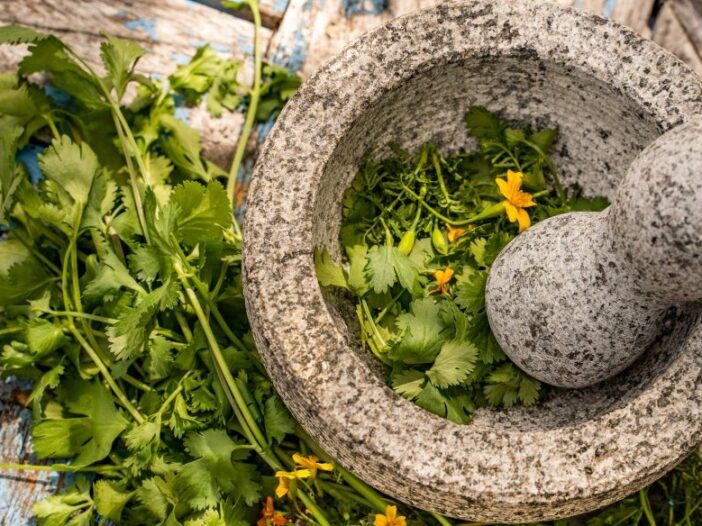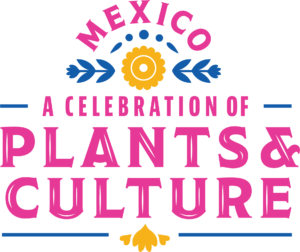
How to cultivate and cook with these flavorful plants
There are a bevy of herbs synonymous with our favorite Mexican cuisine. What might surprise you is their origin. While some are native to the Central American country—one of the most biodiverse in the world—others were brought to the region over the centuries, popularized by Mexico’s indigenous peoples. Here, Garden Educator Joe Fagnano shares more on cultivating and cooking with Mexican herbs—plus other invaluable contributions of these flavorful plants.
Herbs vs. Spices
An herb is the leafy part of a plant, whereas a spice comes from other plant parts, such as the root, stem, seed, fruit, flower, or bark. Some plants, like cilantro, can be both an herb and a spice. The foliage of cilantro is an herb, and the seeds are a spice, known as coriander.
Growing Tips
Most herbs do well in full sunlight. The addition of organic matter to sandy soils can be beneficial, especially in the low nutrient sandy soil that can be found in many parts of Florida.
1. Herbs can be grown indoors and outdoors, in the garden, or in pots.
2. You can use one large container to house all your herbs with similar water needs or separate each into its own pot.
3. Remember: Some herbs are annuals, while others are perennials.
Mexican Herbs and the Dishes They Flavor
- Epazote: soups, stews, and teas
- Mexican oregano: pozole, black beans, meat dishes, herbal teas
- Mexican mint marigold: soups, chicken salad, tossed green salads—even fresh pesto sauces over tacos!
- Cilantro: enchiladas, salsas, tacos, soups, and stews
- Cumin: chili con carne, fajitas
- Marjoram: meat and fish marinades, roasted vegetables

Culture & Medicine
Herbs not only flavor our favorite dishes, but they also have extensive cultural and medicinal purposes. In Mesoamerica, herbs are essential to indigenous medical systems. These herbs and their uses are considered part of a culture’s traditional knowledge. Epazote, for example, is used in soups, stews, and teas, and to relieve flatulence, treat parasites, and alleviate abdominal cramps.
Marigolds hold great cultural significance, as they are a significant part of Día de los Muertos, or Day of the Dead, a Mexican holiday where the living honor their deceased loved ones. It is believed that souls follow the pungent aroma of marigolds back to the land of the living, guiding them to ofrendas (home altars) created by family members.
This article originally appeared in the Summer 2023 issue of Cultivate, the Garden’s magazine.
This post supports this year’s theme, Mexico: A Celebration of Plants & Culture, which highlights one of the most biodiverse places on Earth and celebrates cultural connections to the natural world.


About the Author
Joe Fagnano is an Educator I at Naples Botanical Garden. Joe earned his Bachelor of Science in biology from Youngstown State University (Youngstown, Ohio), where he focused his studies on animal and plant sciences.

